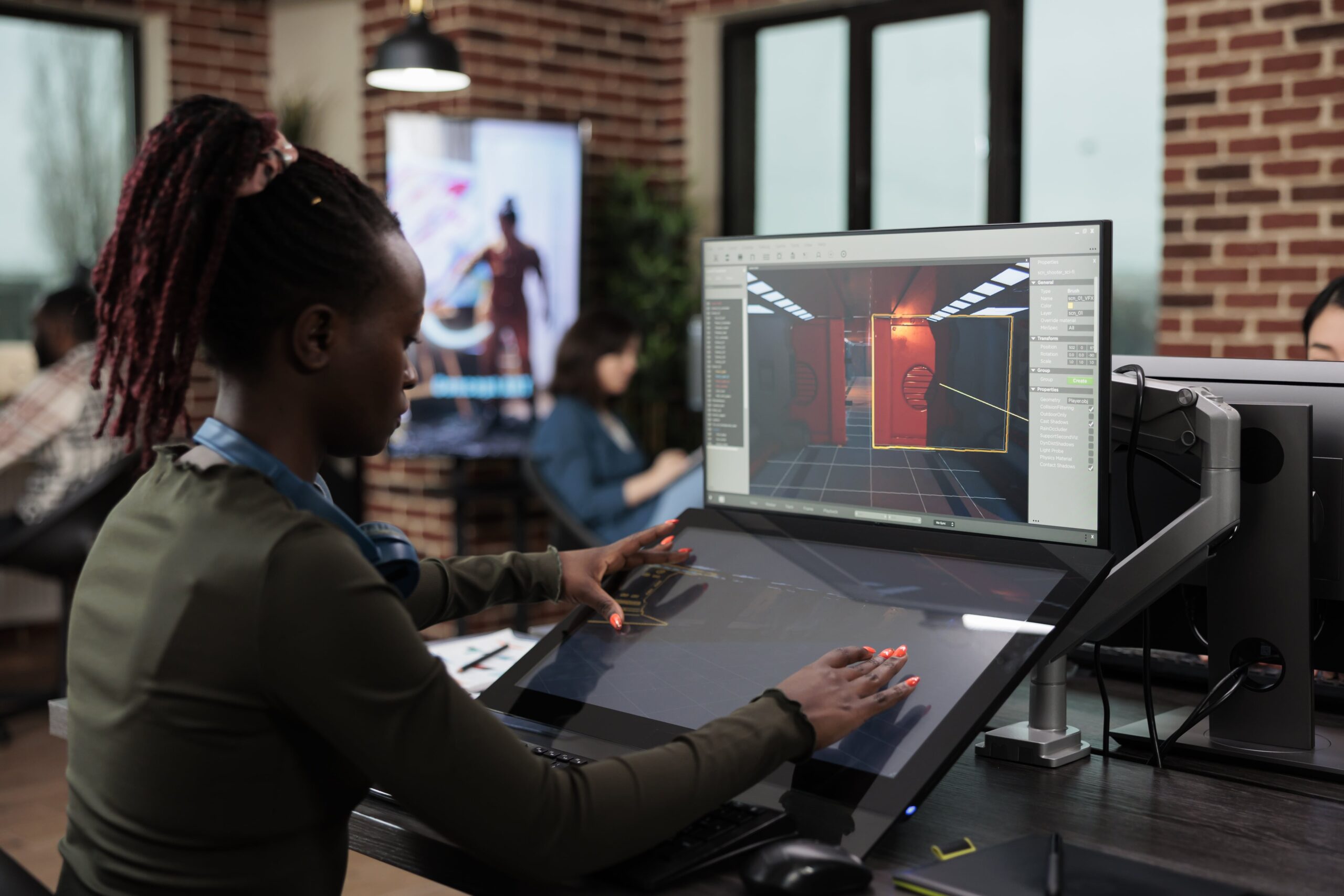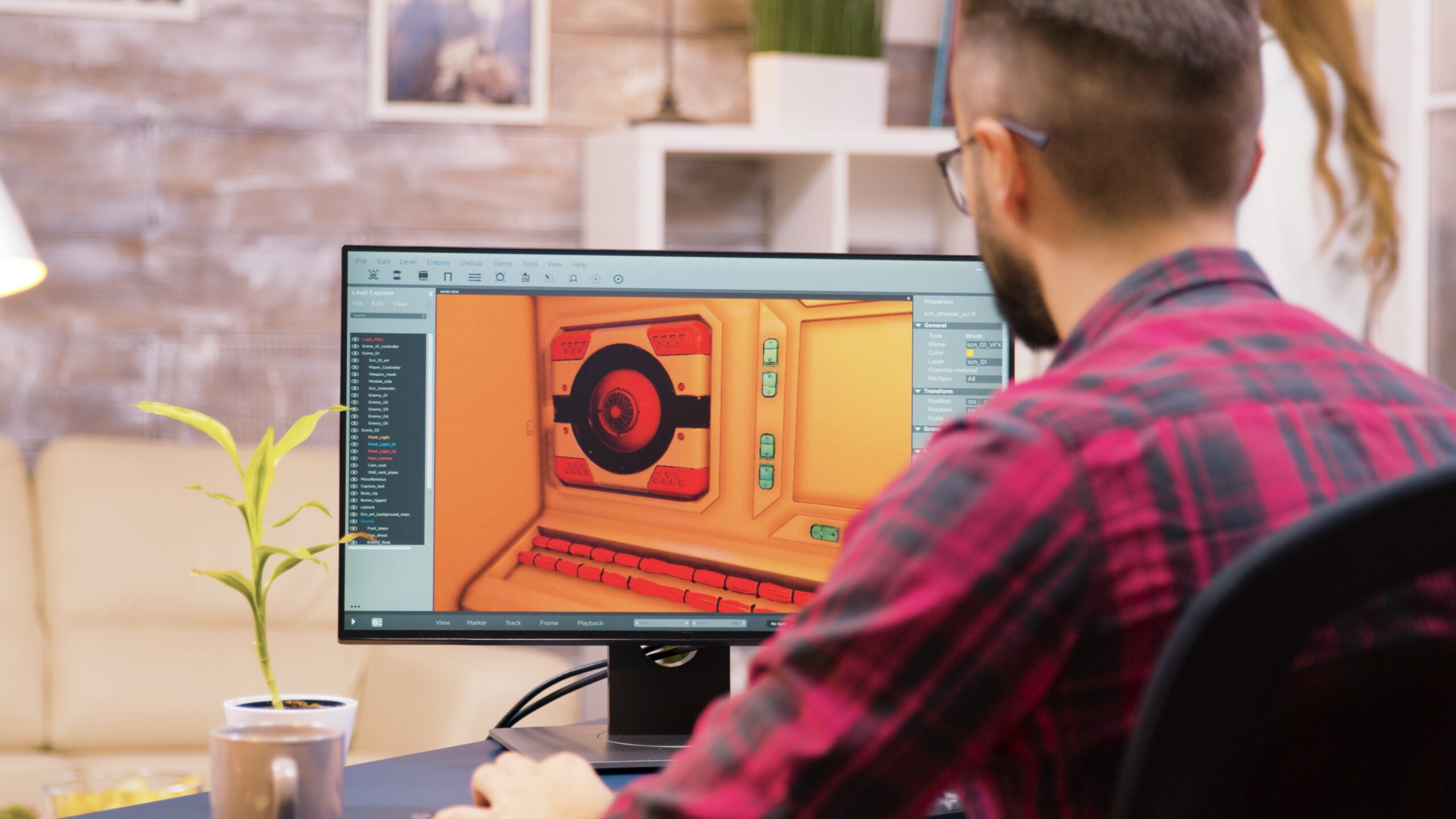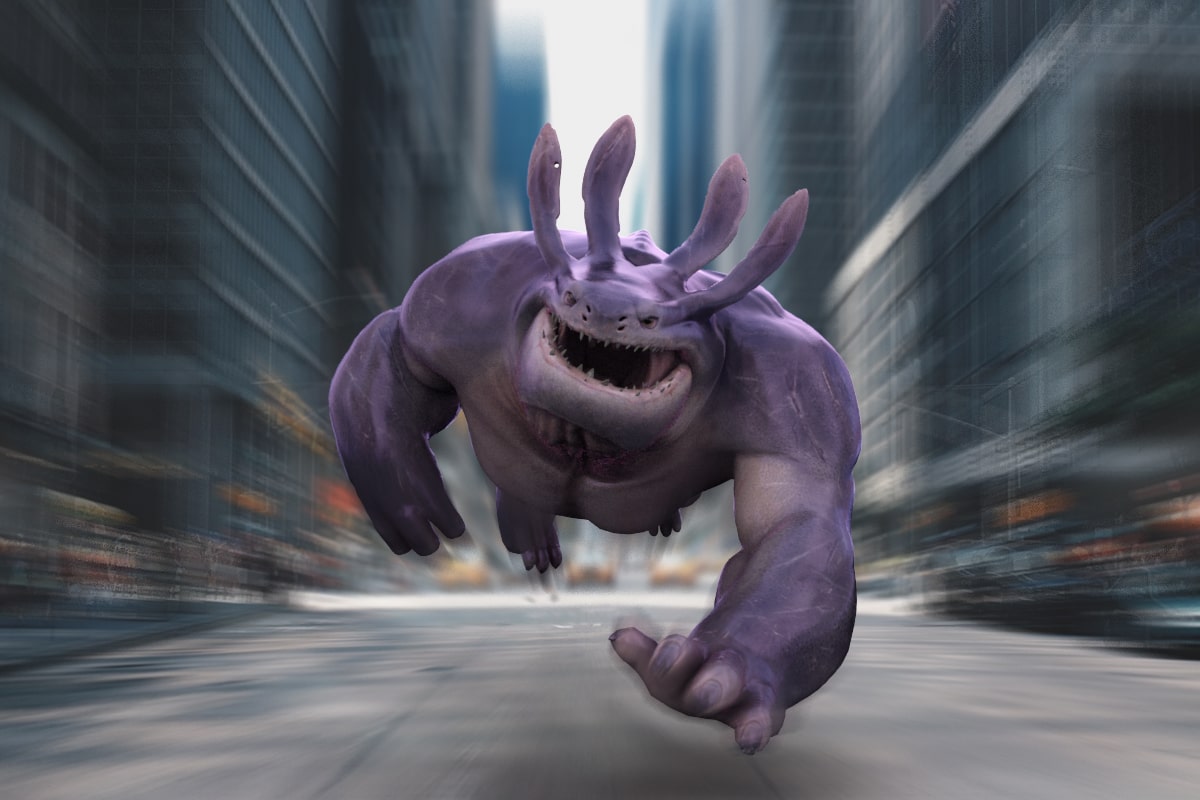Animation is a captivating art form that blends creativity, technology, and storytelling to bring imaginary worlds to life. Within the realm of animation, the art of collaborative storytelling is a fundamental aspect that shapes the way narratives are crafted and presented to audiences.
This article delves into the intricacies of collaborative storytelling in animation, exploring how teams of creative professionals work together to produce engaging and impactful animated content.
Dynamic Process of Collaborative Storytelling
Collaborative storytelling in animation is a dynamic process that involves a team of individuals with diverse skills and expertise coming together to create a cohesive narrative. Animators, writers, directors, designers, and other professionals collaborate to develop storylines, characters, and visual elements that resonate with viewers.
By pooling their talents and perspectives, these collaborators can weave together rich and immersive stories that capture the imagination of audiences.
Developing a Compelling Narrative
At the heart of collaborative storytelling in animation is the development of a compelling narrative. A well-crafted story serves as the foundation upon which the entire animation is built, guiding the creative decisions and shaping the overall experience for viewers.
Through collaboration, team members can contribute their unique insights and ideas, enriching the narrative with depth, emotion, and meaning.
Role of Characters in Storytelling
Characters play a crucial role in the storytelling process, serving as the focal point through which audiences connect with the narrative. Collaborating on character development involves bringing these animated personalities to life, infusing them with distinct traits, motivations, and relationships.
By working together to create multidimensional characters, animators and writers can evoke empathy, humor, and excitement in viewers, forging a strong emotional bond between the audience and the story.
Visual Design in Animation
Visual design is another essential component of collaborative storytelling in animation. The aesthetics, color palette, and overall style of an animation help to establish its mood, tone, and atmosphere. Through collaboration, artists and designers can align the visual elements of the animation with the narrative themes, creating a seamless and immersive viewing experience for audiences.
By integrating visual storytelling techniques into the animation process, teams can enhance the impact and resonance of their stories.
The Importance of Collaboration in the Production Process
Collaboration extends beyond the creative aspects of animation and into the technical and production aspects of the process. Sound design, editing, and post-production are critical stages where collaboration ensures that the final product meets the desired creative vision and quality standards.
By working together to refine and polish the animation, teams can deliver a cohesive and professional end product that captivates and entertains viewers.
Mastering the Art of Collaborative Storytelling
Mastering the art of collaborative storytelling in animation requires a combination of creative vision, technical skills, and effective communication. By fostering a collaborative environment where ideas can be shared, refined, and implemented, animators can unlock new possibilities and push the boundaries of storytelling in animation.
Through teamwork, innovation, and a shared passion for storytelling, collaborative efforts can lead to the creation of truly memorable and impactful animated content.
The Ability to Collaborate in the Evolving Animation Industry
As the animation industry continues to evolve and expand, the ability to collaborate effectively with others remains a valuable skill for animators and storytellers. By embracing the art of collaborative storytelling, individuals can enhance their creative abilities, broaden their perspectives, and elevate their work to new heights.
Whether working on independent projects, studio productions, or collaborative initiatives, the principles of collaborative storytelling in animation serve as a guiding force for creating engaging and resonant stories that leave a lasting impression on audiences.
Conclusion
In the fast-paced and competitive world of animation, mastering the art of collaborative storytelling is essential for aspiring animators and industry professionals. By honing their collaborative skills, cultivating their creativity, and embracing the power of teamwork, animators can unlock new opportunities, expand their networks, and achieve success in the dynamic and ever-evolving field of animation.
Key Takeaways:
- Collaborative storytelling in animation involves teamwork, creativity, and effective communication to craft engaging narratives and bring characters to life.
- Visual design plays a crucial role in setting the tone and enhancing the viewer’s experience in animated storytelling.
- Collaboration extends to technical aspects, ensuring the final product meets quality standards and creative vision.
- Mastering collaborative storytelling is key for animators to succeed in the evolving animation industry.
For those looking to enhance their skills in collaborative storytelling and excel in the animation industry, consider enrolling in the NYU Animation Industry Essentials online course and certificate program. This program can provide valuable insights and practical knowledge to help you thrive in the dynamic world of animation.




